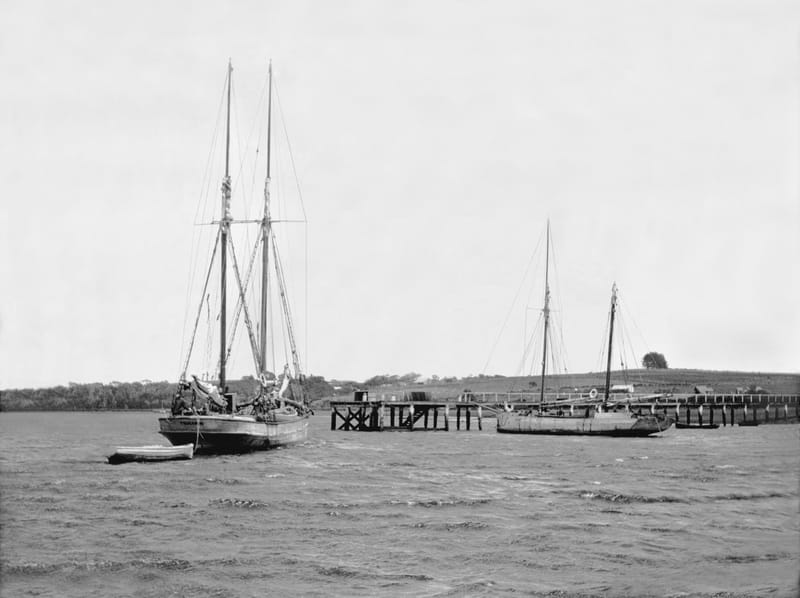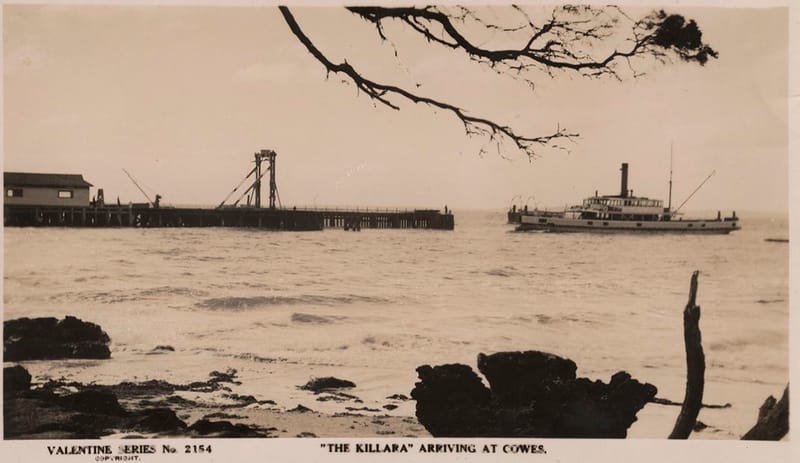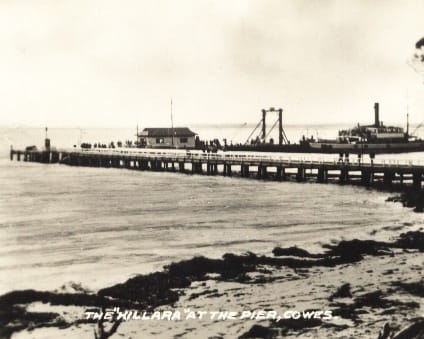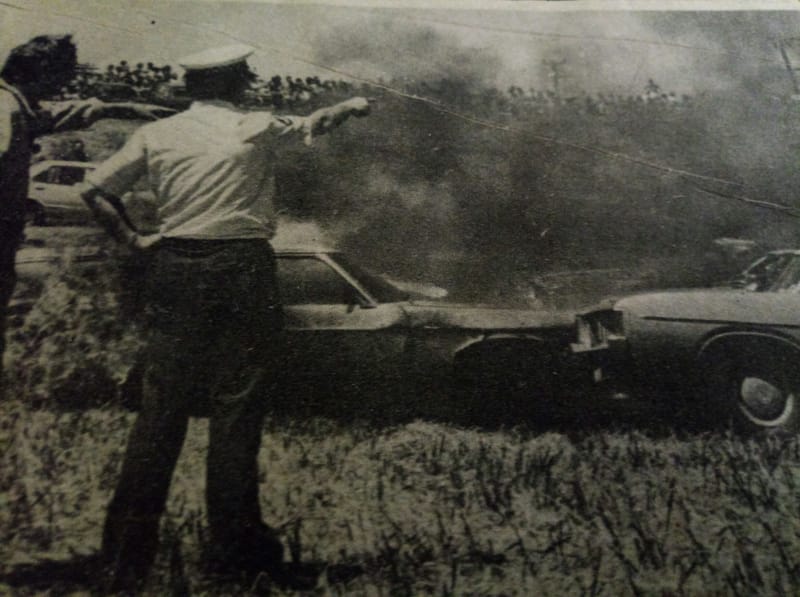The finding of the S.S. Coramba
December 3, 1934 is remembered by Phillip Islanders (of the time) as the day of the Coramba storm. The coastal vessel of that name, under Captain John H Dowling, en route from Warrnamool to Melbourne, approached Port Phillip Heads when the storm was...
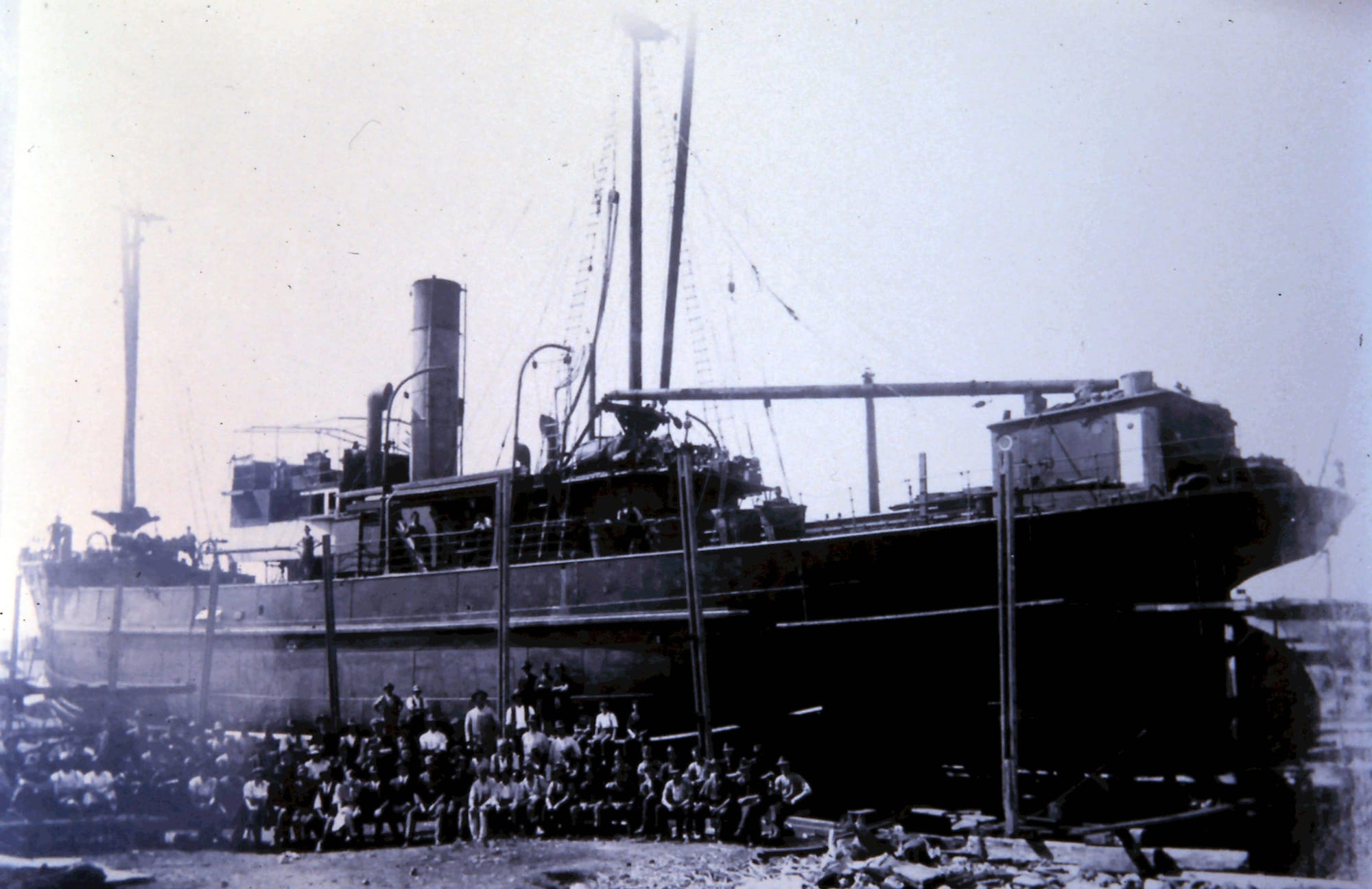
The coastal steamer, “Coramba” had lain on the ocean floor of Bass Strait, off Phillip Island, obscured from view and seemingly lost for all time, until 2011, when through the long-term efforts of a team of dedicated divers, maritime archaeologists and researchers, the true story of the sinking of the Coramba finally come to surface.
A storm like no other
December 3, 1934 is remembered by Phillip Islanders (of the time) as the day of the Coramba storm. The coastal vessel of that name, under Captain John H Dowling, en route from Warrnamool to Melbourne, approached Port Phillip Heads when the storm was at its height.
It is believed he attempted to run into Western Port for shelter.
The coast was obscured by rain and she sank with all 17 hands lost.
The remains of four sailors were washed ashore at Forrest Caves.
With the passing of time, there are locals who can still recall the events of that fateful day.
So ferocious was the weather that it was referred to ever after as “the Coramba storm”.
The torrential rain and hurricane-force winds that raged across the State had never been experienced before, both for those on land and at sea.
Cherry McFee, remembered the terror and the uncertainty of that day, in an interview with the Advertiser in 2011.
She was only a young school girl at the time, but the power of the gales that tore across the island had never been equalled in her memory.
“It was so severe that it bent the electricity poles in Newhaven,” Cherry recalled.
“They were only slender poles, but they were made of iron, and couldn’t withstand the force of the wind.”
Cherry had gone to the dentist in Melbourne with her mother and came home on the ferry, “Alvina”, from Stony Point.
When they finally alighted at the jetty in Cowes, it was to a scene of total chaos with trees being uprooted and debris blown all along the Esplanade.
Cherry’s father met them at the jetty and took them to one of the stately old guest houses, the Bay View, which had boasted a magnificent garden. But it was in an absolute shambles.
While she and her mother had been away, her older sisters Kath and Marge had gone to school at Rhyll. It was a good walk from their home, down the Rhyll-Newhaven Road, to the wooden schoolroom where the Rhyll Hall now stands.
But the route normally taken proved to be an arduous and hazardous journey on that fateful day. It was so frightening that Kath put pen to paper and recorded her fears, as follows.
“Kath, Marje and three cousins were walked to school by their uncle, Percy McFee.
“When they reached the Loch Road intersection, Kath’s little cousin Lorna was literally blown off her feet.”
As Kath wrote: “The wind was so fierce when we reached the top of the Rhyll hill, the youngest of my cousins, Amy, got blown off her feet and into a gorse bush. Uncle had to hold on to her for the rest of the walk to school. By 2 o’clock, the sky was getting blacker and the wind gushing with a terrific ferocity. The teacher sent us all home and we could hardly walk against the wind and rain”.
It was only next morning that the true extent of the storm was revealed.
Kath wrote: “I was up early with grandpa viewing the havoc, trees uprooted, branches and mess everywhere.
“The overhead power lines were down along the roads. Later that morning news got through that wreckage had been found on the ocean beaches. The radio reported the ship Coramba was missing.
“It was found it had been wrecked off our coast during the storm with the loss of 17 lives. Only 4 bodies were found.
“It was discovered the next day that kelp was piled 5 feet high on some of the ocean beaches”.
Another islander, Cefn Price, was then a little 3 year old . . . but still recalls feeling the strength of the wind.
“We lived on a farm up on the Ventnor Road, and there weren’t any trees around. It just about blew me over! The oldies talked about it for a long time”.
Cefn said that the storm was so severe that dead crayfish were found the next morning up on top of the cliffs at Surf Beach.
The S.S.Coramba was a 531 ton coastal steamer that ran a weekly cargo service between Portland and Melbourne. It was part of the fleet of the Belfast and Koroit Steam Navigation Company, and had been in operation to replace the Casino, which has been lost in 1932.
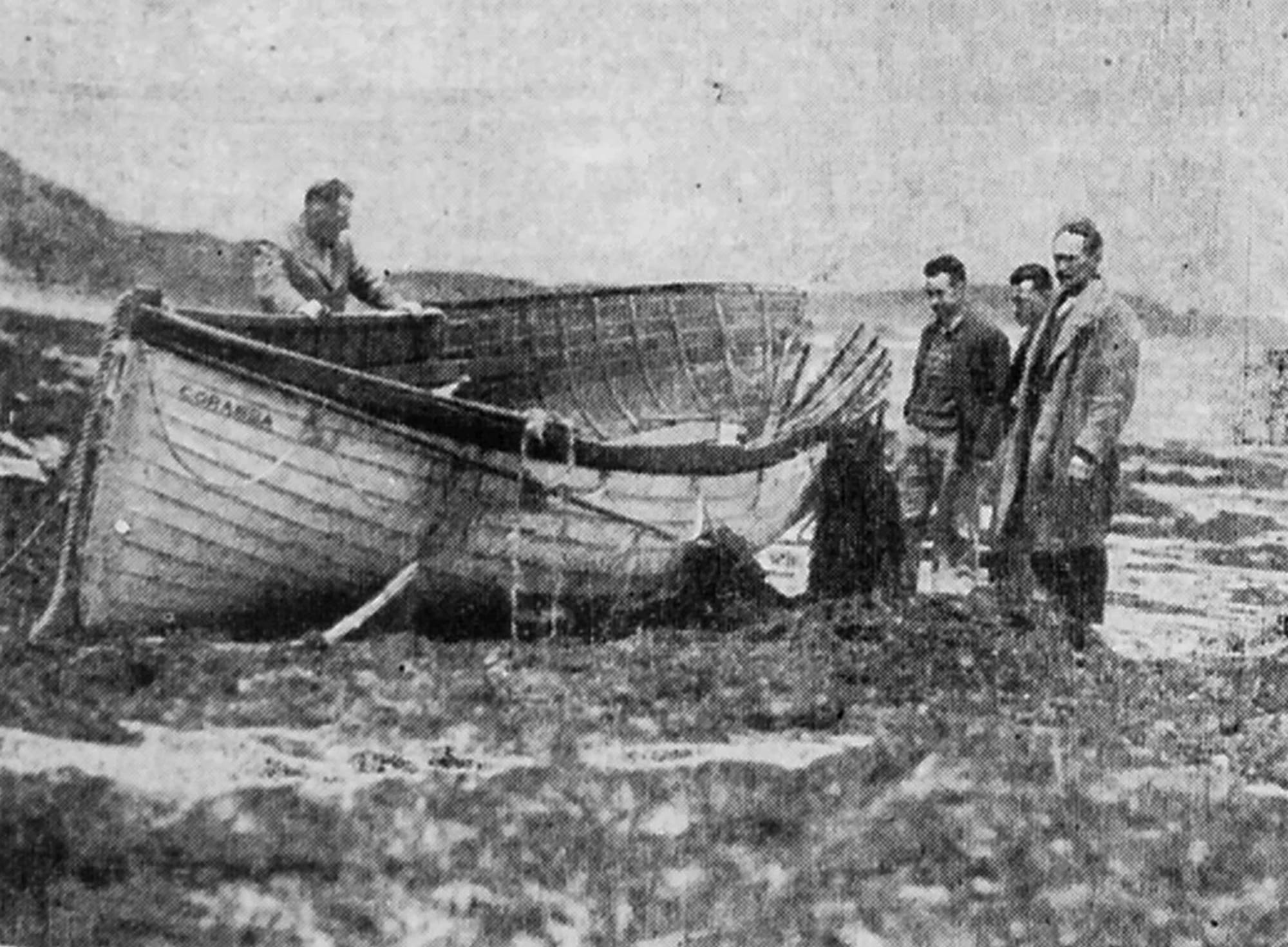
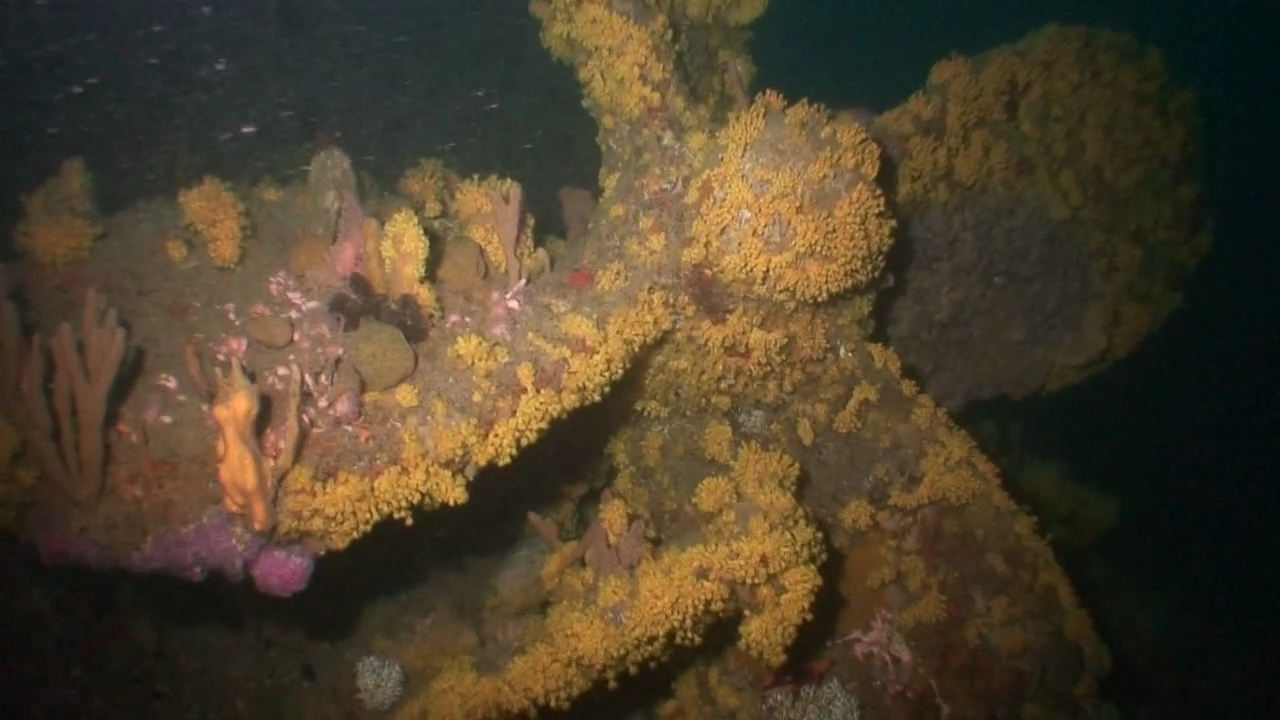
This coastal run transported the primary products of wheat, wool, milk and other goods produced in the Western District of Victoria, to the markets in Melbourne.
The Coramba was in the capable hands of Captain John Dowling, an experienced and respected seaman who knew these waters well.
By 1pm on Thursday November 29, 1934, the crew had finished loading in Warrnambool and were looking forward to heading home. But Capt Dowling became alarmed when the wind and rain began to build and strengthen.
His seafaring nous told him that danger lurked on the open waters.
He contacted head office to request a delay in departure.
His request was denied.
He was told to proceed, as conditions were considered to be favourable for sailing.
Under normal conditions, this was a 15 hour voyage, with the Coramba expected to be sighted entering the heads of Port Phillip Bay in the early hours of the next morning, and to arrive in Melbourne by 7am.
Alarm bells started to ring when there was no sign of the ship at this time, or of it being sighted sailing past the signals at Point Lonsdale.
Radio messages were immediately dispatched to all vessels in Bass Strait, asking them to keep watch for the missing vessel.
First sightings on the island
The first sign of the fate of Coramba was discovered on the beaches of Phillip Island.
A local farmer, Bill Mallory, had mounted his horse and went out to check the shoreline as he always did after a storm. He went down as far as the Nobbies and back towards Pyramid Rock when he caught sight of something white amongst the kelp.
It was a washed-up lifebuoy with the words “S.S. Coramba” on it.
As he galloped along the beach, other pieces of wreckage began to appear – some oars, planks and a lifeboat. Knowing the importance of this find, Bill made haste into Cowes and alerted the police.
A search party was soon underway.
Other identifiable objects were found strewn along the beaches, the most poignant being children’s toys.
It was thought they were being made by the crew as Christmas presents for their families.
The toys were carefully collected by some of the island’s locals and taken home to be repaired. The story goes that they were then packaged up and sent to the shipping company to be forwarded to the relevant families.
The body of the first of the crew, 25 year old engine-room crew, Thomas Byrne, was found half buried amongst the sand and thick seaweed later on the Friday of November 30.
Three other bodies were also to be washed up on various parts of the beach and within a mile of each other. These four were the only crew members to be found.
From the evidence at Phillip island, it was assumed that the captain had changed course , avoiding entering the heads in the treacherous conditions, and attempting to reach the safety of Western Port Bay.
With poor visibility and thrashing seas, the ship may have missed the entrance into Western Port, and run off course and on to rocks somewhere off the island’s southern beaches.
A mystery solved
For eight years, from 2003, a team from a not-for-profit organisation, Southern Ocean Exploration (SOE), had spent countless hours and underwater exploration trying to solve the mystery of this missing cargo steamer, and where she lay.
Their endeavours were rewarded in 2011 when they successfully identified the whereabouts of this sunken vessel.
The wreck was discovered by chance, when the crew of the Southern Ocean, armed with sensitive sonar technology, were off shore near Pyramid Rock in search of another missing vessel, “The Kermandie” which had gone down in 1892.
12 miles off shore, their depth sounder registered a reading, and the size of the image was too big to be the Kermandie.
The Southern Ocean crew had found the Coramba, lying as she went down, bow first, and resting in 64 metres of water.
Coramba Court, off McHaffie Drive, in Cowes, was so named in memory of the doomed vessel and all who went down with her.


